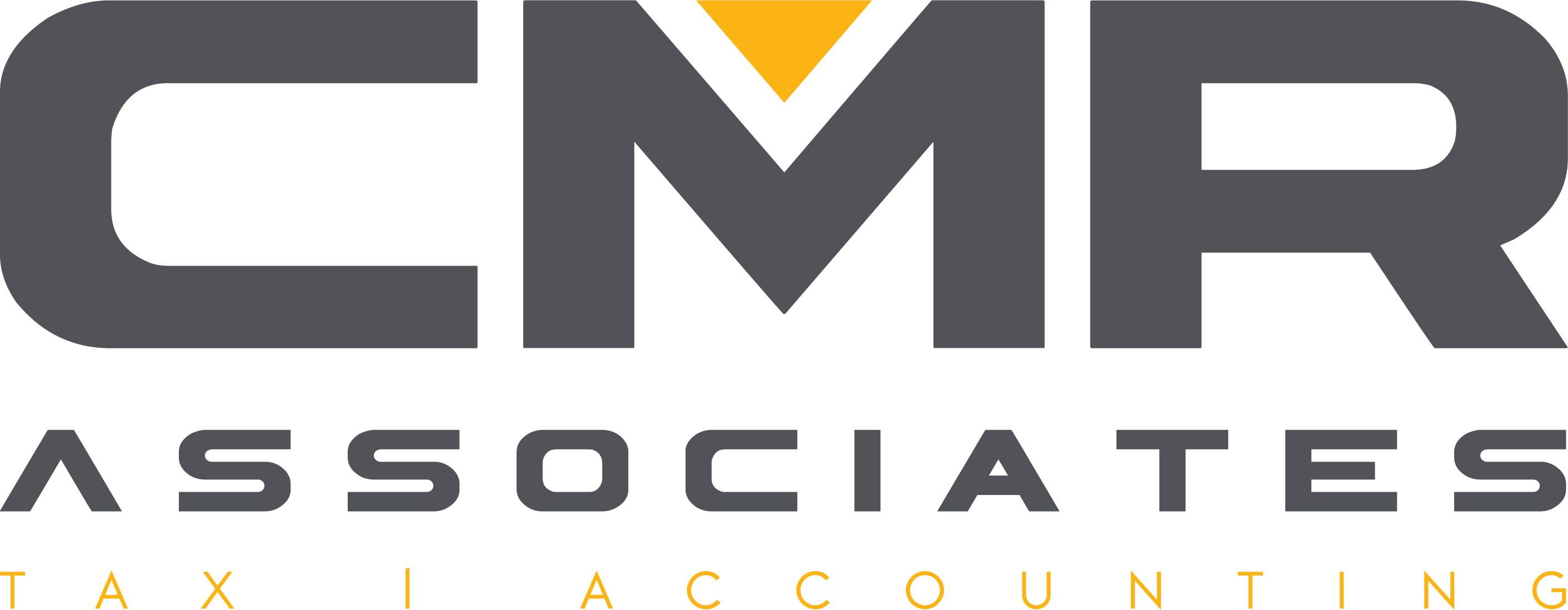Business deductions for meal, vehicle and travel expenses: Document, document, document
Meal, vehicle and travel expenses are common deductions for businesses. But if you don’t properly document these expenses, you could find your deductions denied by the IRS.
A critical requirement
Subject to various rules and limits, business meal (generally 50%), vehicle and travel expenses may be deductible, whether you pay for the expenses directly or reimburse employees for them. Deductibility depends on a variety of factors, but generally the expenses must be “ordinary and necessary” and directly related to the business.
Proper documentation, however, is one of the most critical requirements. And all too often, when the IRS scrutinizes these deductions, taxpayers don’t have the necessary documentation.
What you need to do
Following some simple steps can help ensure you have documentation that will pass muster with the IRS:
Keep receipts or similar documentation. You generally must have receipts, canceled checks or bills that show amounts and dates of business expenses. If you’re deducting vehicle expenses using the standard mileage rate (54.5 cents for 2018), log business miles driven.
Track business purposes. Be sure to record the business purpose of each expense. This is especially important if on the surface an expense could appear to be a personal one. If the business purpose of an expense is clear from the surrounding circumstances, the IRS might not require a written explanation — but it’s probably better to err on the side of caution and document the business purpose anyway.
Require employees to comply. If you reimburse employees for expenses, make sure they provide you with proper documentation. Also be aware that the reimbursements will be treated as taxable compensation to the employee (and subject to income tax and FICA withholding) unless you make them via an “accountable plan.”
Don’t re-create expense logs at year end or when you receive an IRS deficiency notice. Take a moment to record the details in a log or diary at the time of the event or soon after. The IRS considers timely kept records more reliable, plus it’s easier to track expenses as you go than try to re-create a log later. For expense reimbursements, require employees to submit monthly expense reports (which is also generally a requirement for an accountable plan).
Addressing uncertainty
You’ve probably heard that, under the Tax Cuts and Jobs Act, entertainment expenses are no longer deductible. There’s some debate as to whether this includes business meals with actual or prospective clients. Until there’s more certainty on that issue, it’s a good idea to document these expenses. That way you’ll have what you need to deduct them if Congress or the IRS provides clarification that these expenses are indeed still deductible.
For more information about what meal, vehicle and travel expenses are and aren’t deductible — and how to properly document deductible expenses — please contact us.






